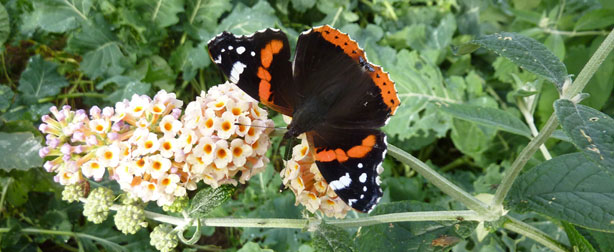Environmental Protection
Conservation and environmental protection is one of the main charitable aims of Gomde Trust, particularly in respect to the management of the Woodland. There are a number of ways we can promote and awareness of the need for environmental conservation; one is to set a positive, public example as laid out in the Charity report:
Aim: To set a positive public example by implementing sound, sustainable, organic, long-term policies for the care of Trust property and utilise micro-project renewable energy and encourage low environmental impact strategies in the Trust’s activities and daily operations.
This is a guiding principal, and the Trust will invest in the use of micro project renewable energy sources such as solar and wind energy. Any development must be low-impact and eco-friendly. Anyone using the facilities will be required to respect this in matters such as transport pooling, communal ordering of supplies, use of local products and farmers markets, and respecting “green” principals in daily life decisions. This is in line with the Scottish Government priorities:
Highland Region Rural Development Diversification of Rural Enterprise Priority HIG28:
- The increased local use of renewable energy, e.g. wood fuel.
- The micro-renewable projects/schemes utilising hydro, wind power, and wood fuel/biomass that clearly deliver a net carbon benefit and are principally for local consumption.
Aim: The protection and further development of local eco-systems and habitats able to support indigenous wildlife and to encourage increased native biodiversity.
The woodland comprises of over 25,000 trees, the majority of which are native, broadleaf trees. It was laid out by a professional forester as a “recreational woodland” like a traditional Scottish Caledonian forest designed to boost the diversity of wild plants and animals. The pond was cleared out and landscaped and the open areas kept clear and grassy. No chemicals have ever been used and it is a natural, organic environment. The Trust aims to maintain its organic status and improve the woodland by actively planting a wide range of native shrubbery, plants and flowers, but also by leaving “wild areas” as natural habitat for wildlife.
This will also match Scottish Government priorities:
The Highland Region Rural Development Diversification of Rural Enterprise Priority HIG08 supports:
- Improvement of the quality of the woodland by encouraging diversification of native varieties of flora and fauna. “

No Responses yet







